Print authentication:Fernand Léger
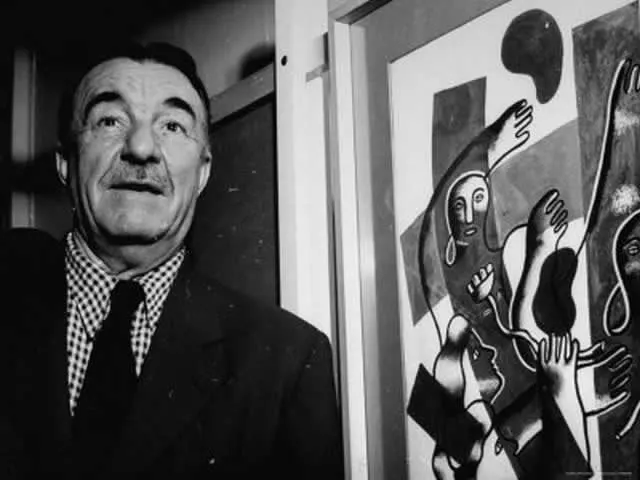
Fernand Léger was a French artist, best known for his contributions to cubism. Léger began his career in the architectural field, finding wok as a draughtsman when he first moved to Paris. Léger soon turned to the fine arts, continuing his studies at the Academie Julian, and the Ecole des Beaux-Arts. In 1910 he participated in a group exhibition at the Salon d’Automne, which is cited as the first Cubist show. The movement continued to grow during the following years.
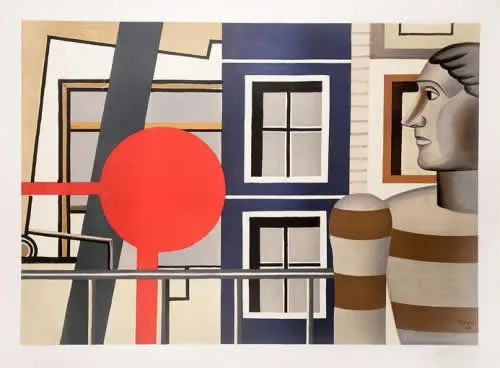
L’Homme au Chandail, 1956. Lithograph. 29.5 x 40 in
While in Paris, Léger discovered the Atelier Mourlot, which facilitated the re-popularization of lithography in the 20th century. Léger printed a large portfolio of lithographs that helped to promote his reputation as a versatile artist. Léger’s style is often referred to as mechanical, which was no doubt influenced by his architectural background. His strong draughtsman skills became apparent in his lithographs, which were often more figurative than his highly abstract paintings.
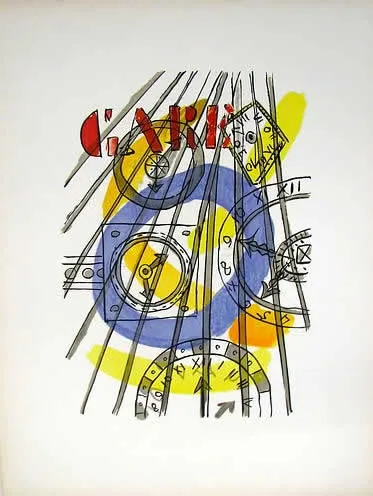
La Gare. La Ville Series, 1959. Lithograph. 26 x 20 in
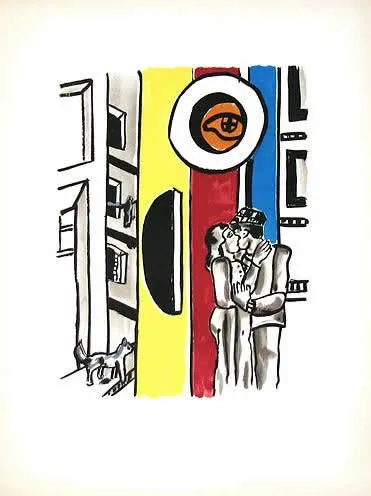
Les Amoureux dans La Rue, from La Ville Series, 1959. Lithograph. 26 x 20 in
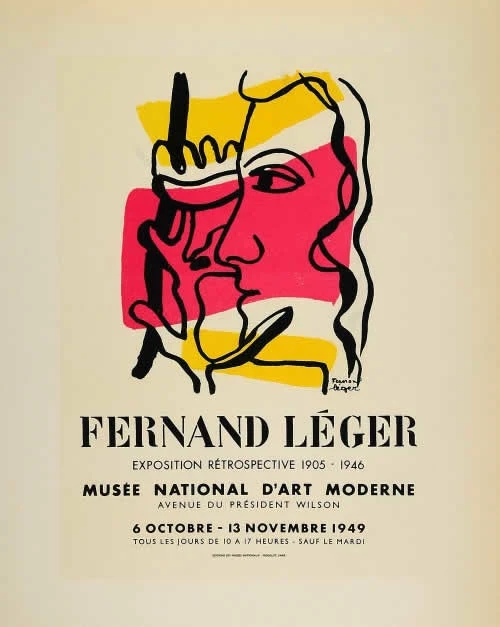
La Partie de Cartes, 1917, oil on canvas. Musée Kröller-Müller, Otterlo, Pays Bas (Netherlands)
By the 1930s, Léger had gained international attention. He exhibited at the Museum of Modern Art in New York and received a commissioned by Nelson Rockefeller. A number of years later, Léger painted murals for the United Nations headquarters.
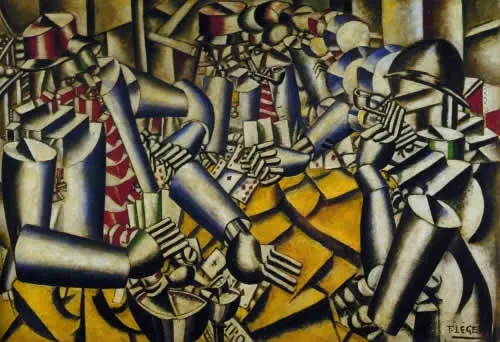
Exhibition poster for Fernand Léger. Lithograph. Printed by Mourlot, 1949. 18 x 24 cm
Fernand Léger’s legacy remains strong. Léger enthusiasts can visit the Musée Fernand Leger in Biot, Alpes-Maritimes, France. Léger’s paintings and prints are also in the permanent collections of major museum around the world. Léger’s lithographs are highly valued by print collectors.